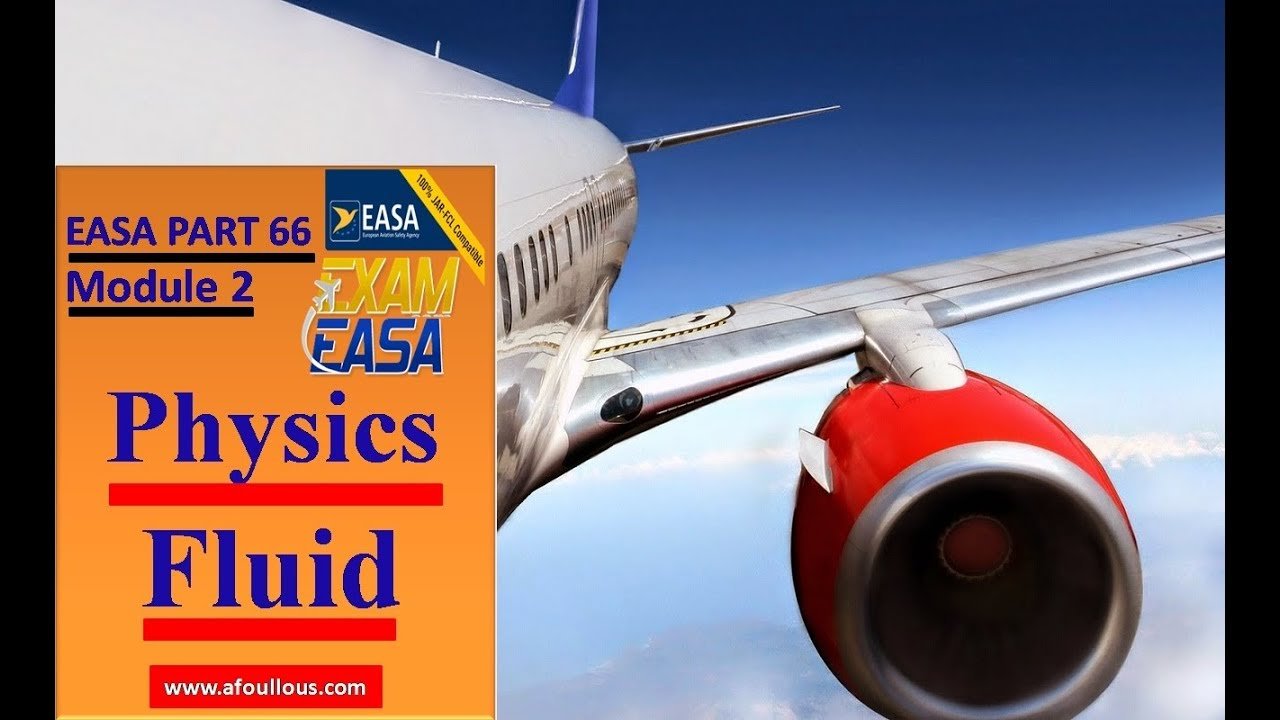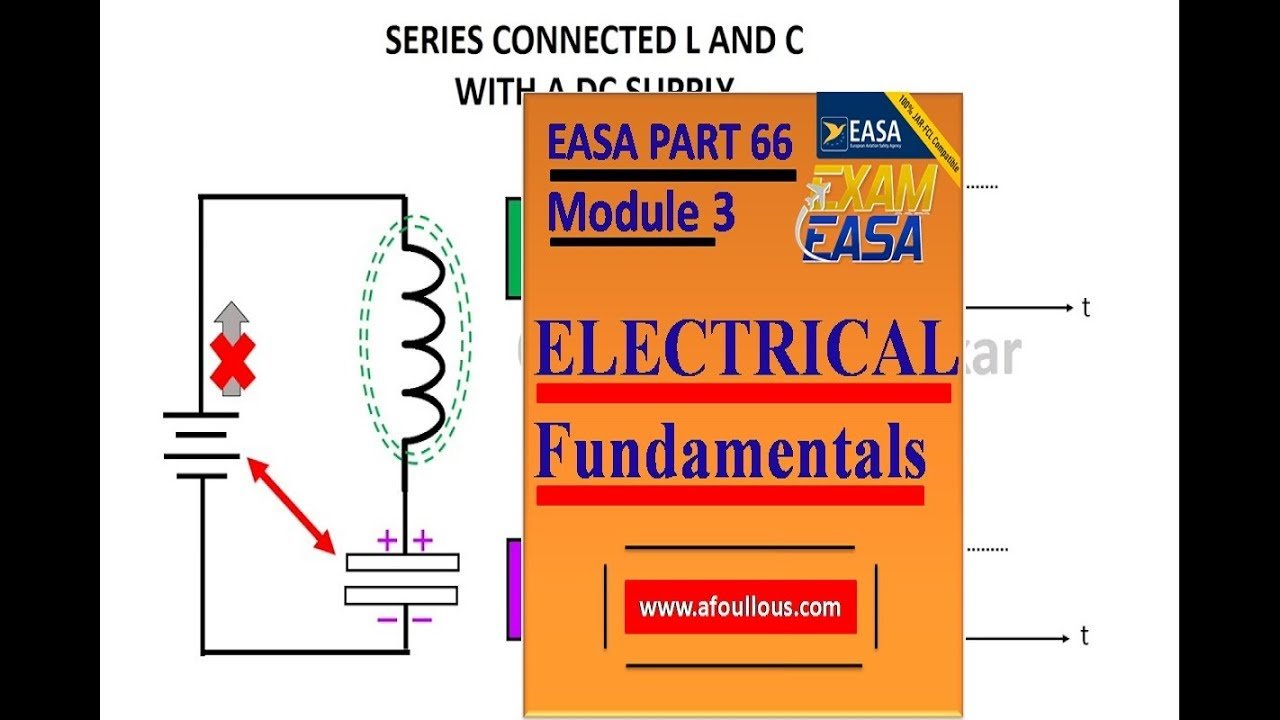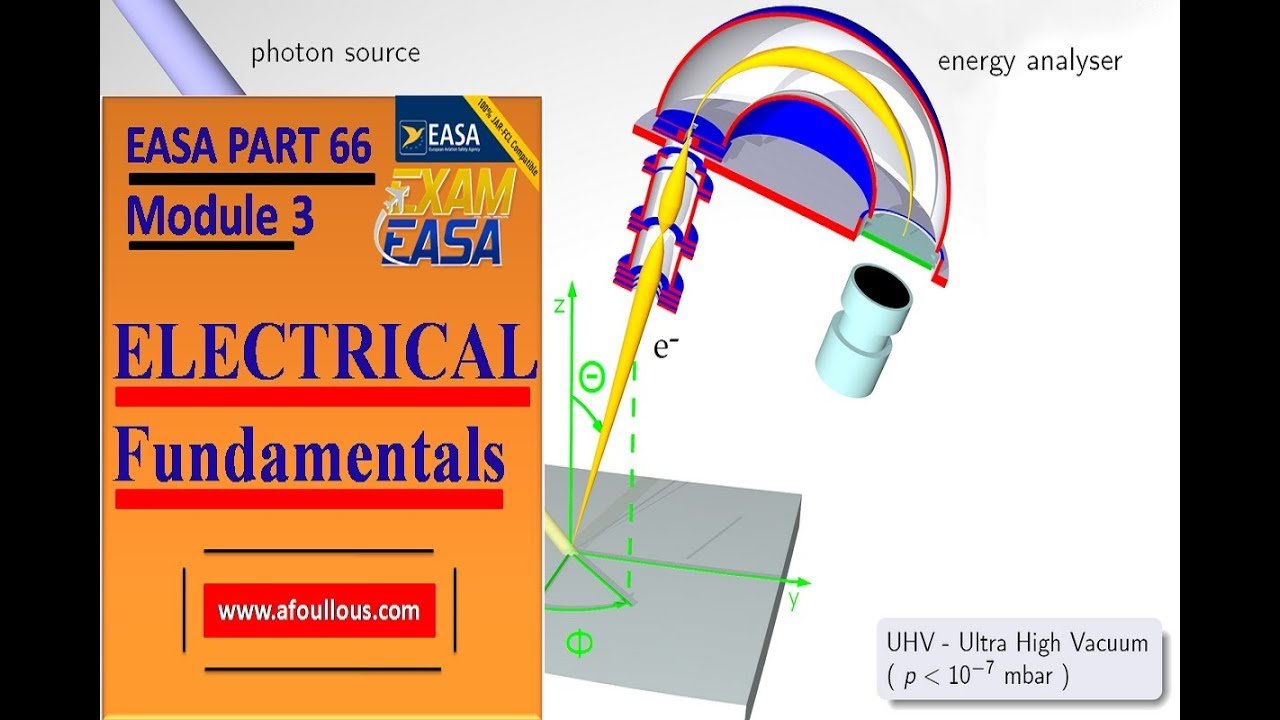Last updated on January 7th, 2022 at 02:27 pm
Easa part 66 module 2 Chapter 5/5.
[RICH_REVIEWS_SNIPPET category=”all”]
Module Physics eBook Content
Chapter 1/5 : Matter.
Chapter 2/5 : Mechanics.
Chapter 3/5 : Thermodynamics .
Chapter 4/5 : Optic ‘Light’ .
Chapter 5/5 : Wave Motion and Sound .
Physics Exam (5784 Questions)
Sample – Physics Exams ( 40 questions 30 min),
Category A – Physics Exams (32 questions 40 min),
Category B1 – Physics Exams ( 52 questions 65 min),
Category B2 – Physics Exams ( 52 questions 65 min),
Category B3 – Physics Exams ( 28 questions 35 min),
Need Download ?






Where/When you plan to pass your EASA Part 66 Exam ?
First post and replies | Last post by ___, 6 years ago
EASA Part 66 PDF
MECHANICAL WAVES A mechanical wave is a wave that is an oscillation of matter, and therefore transfers energy through a medium. While waves can move over long distances, the movement of the medium of transmission (the material) is limited. Therefore, the oscillating material does not move far from its initial position. Mechanical waves transport energy which propagates in the same direction as the wave. Mechanical waves can be produced only in media which possess elasticity and inertia.
A mechanical wave requires an initial energy input. Once this energy is added, the wave travels through the medium until all its energy is transferred. In contrast, electromagnetic waves require no medium, but can still travel through one easa part 66 pdf.For purposes of calculations, the Rankine scale is commonly used to convert Fahrenheit to absolute. For Fahrenheit readings above zero, 460° is added. Thus, 72 °F equals 460° plus 72°, or 532° absolute. If the Fahrenheit reading is below zero, it is subtracted from 460°. Thus -40 °F equals 460° minus 40°, or 420° absolute. It should be stressed that the Rankine scale does not indicate absolute temperature readings in accordance with the Kelvin scale, but these conversions may be used for the calculations of changes in the state of gases easa part 66 pdf.


 Subscribe (FREE)
Subscribe (FREE)




